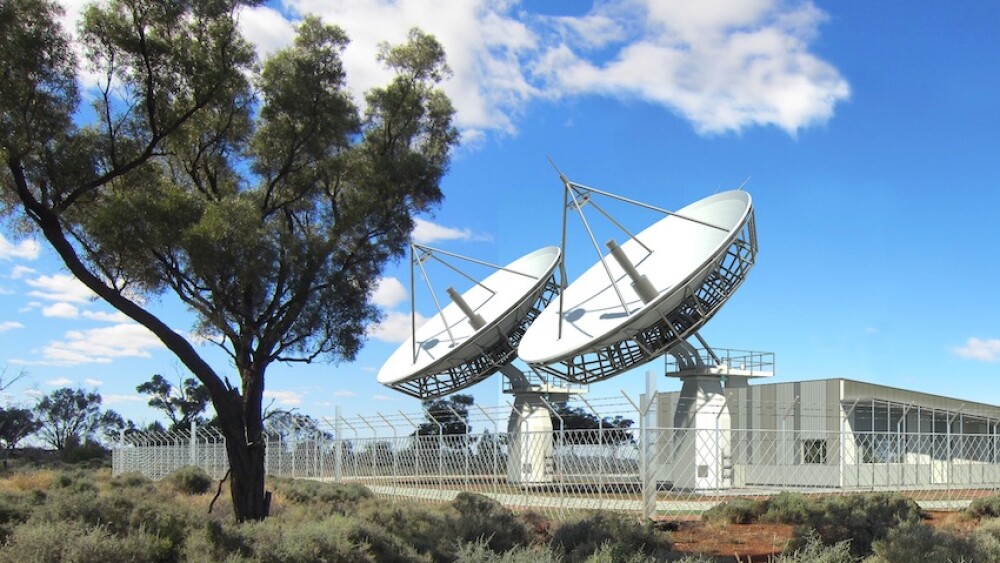For the past several years, Viasat’s Australia team has built up a thriving high-tech communications business without direct access to its most critical element. With the launch of the third ViaSat-3 spacecraft, that will change, opening the door to a wave of new opportunities.
“Right now, we run a satellite busines down here without our own satellite,” said Viasat APAC Vice President Peter Girvan. “Soon we’ll be running it with a satellite.”
ViaSat-3 is a constellation of three satellites, with coverage that will overlap and encircle the globe. The first of the three will cover the Americas, the second Europe and the third Asia Pacific – including Australia.
The Asia-Pacific – or APAC satellite – will cover the largest swath of both the world’s surface and population. More than half the global population – 4.1 billion people in 48 countries – is in Asia.
Viasat’s Asia-Pacific office is headquartered in Melbourne, and Girvan and his team are paving the way for its arrival.
Viasat already has a strong presence in the country, providing equipment for residential internet, a commercial aviation service, as well as services to the Australia Defence Force (ADF). The aviation services are enabled by Viasat’s relationship with Australia’s National Broadband Network (nbn), using nbn’s two Sky Muster satellites.
“Everything we’ve been doing to date has been what we can do with the nbn satellites,” Girvan said. “It’ll be nice to have a bit more choice.”
The ADF now relies heavily on the U.S. Wideband Global Satcom (WGS) military satellite network for most of its defense communications. When ViaSat-3 APAC goes into service, the ADF will have an opportunity to use it for some of its communications.
Today, 48 employees are spread across Viasat’s four Australia offices (including one two-man ADF support facility), handling its existing residential, commercial aviation and defense business as well as preparing for ViaSat-3.
Many of the APAC countries already have government-owned or controlled satellites. Where coverage is allowed, Viasat is working to acquire landing rights – permission to operate the satellite – and establish ground infrastructure. To meet those demands, Viasat plans to add 30 employees to its non-government workforce in the next year, and another five in 2022.
Sydney-based finance manager Danielle Rowtliep said the Australian team is united in its enthusiasm about what promises to be a dramatically different future.
“To be a part of this, knowing you’re going to be part of history, makes this a very exciting time,” said Rowtliep, who’s been with Viasat for six years. “When I first started, we were all taking on other roles to make the business grow. Now, with ViaSat-3 coming, there’s never a dull moment. Everyone gets in and gets the job done; it’s something you want to do because you want to see the company succeed.
“It’s a good opportunity for the engineers here, and for the people of Australia.”

